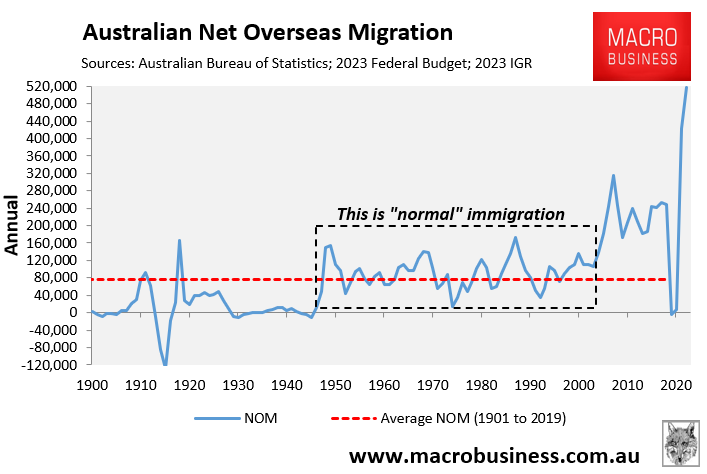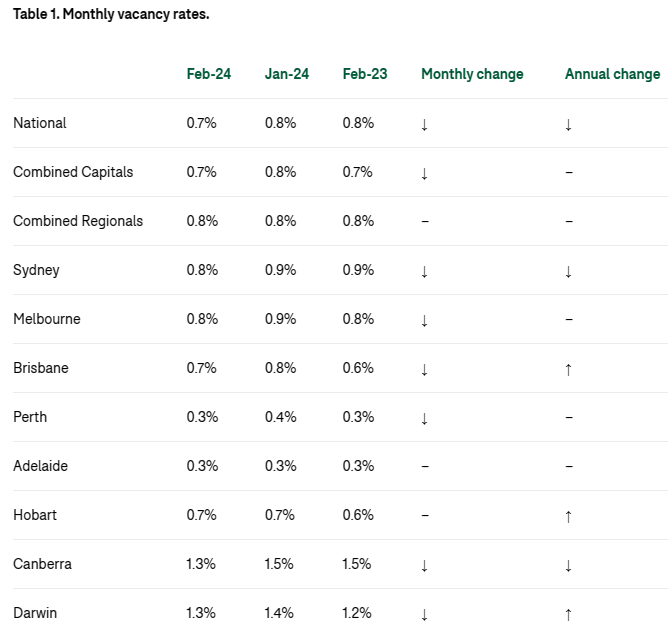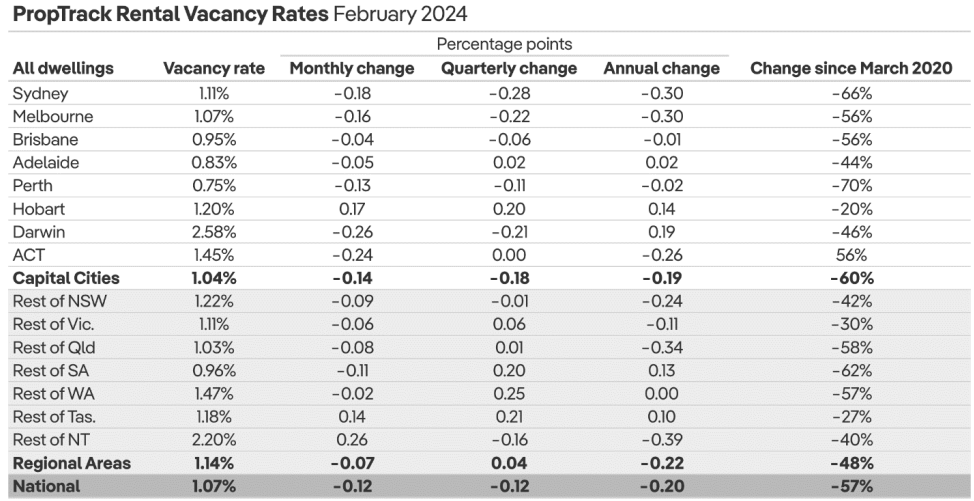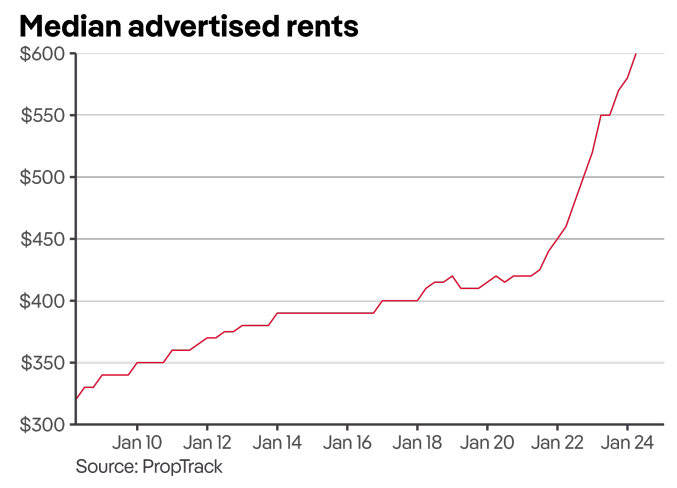On Saturday, I gave an extended live interview with Luke Grant from Sydney Radio 2GB.
In the interview, I explained how future Australians are facing lower living standards than the generations that came before them.
Below are key highlights.
Leith van Onselen:
Listeners might recall that we set a all-time high record net overseas migration of 518,000 last financial year:

Since then, we have received the December quarter national accounts that showed that Australia’s population grew by around 680,000 last calendar year, which was up from 624,000 last financial year.

We don’t have net overseas migration data in that, but it tells you that net overseas migration rose further.
Then on Thursday we received the January net permanent long-term arrivals data from the Australian Bureau of Statistics, which is basically a proxy for net overseas migration. It tracks incredibly closely.
What it showed is that the January net arrivals figure of 55,000 was the highest January in history and it was also much higher than January 2023 when we did 21,000.

Source: Shane Oliver (AMP)
We smash last year out of the water and all it tells you is that net overseas migration surged higher than its peak from mid last year.
So, the government’s 375,000 net overseas migration projection for this financial year is going to be absolutely obliterated. And it is just another sign that population numbers are out of control.
It is also coming at the same time, obviously, as housing construction is collapsing.
The Australian Bureau of Statistics on Wednesday released data on the number of homes that were added to Australia last calendar year. That is, construction minus demolitions.
It showed that we only added 166,000 homes last calendar year.
So basically, we added 166,000 homes, but our population grew by 680,000, according to the national accounts.
This means that we only added around one home per 4.5 new residents.
That, ladies and gentlemen, is why we have a rental crisis. That is why the rental vacancy rate has collapsed to a record low.
Domain reported a 0.7% vacancy rate last week, which is an all time low nationally:

Source: Domain
PropTrack measures it slightly differently. But on Friday, they released data showing their own vacancy rates, which also showed a record low collapse to about 1% over the Capital Cities:

This rental crisis is 100% driven by the federal government’s extreme immigration policy. And what every single listener should be thinking themselves is: why is the Albanese government importing record numbers of people into Australia without a plan to house them and provide infrastructure?
Because, we’re seeing the direct results here. We’re seeing record low rental vacancies, rental rates going through the roof, higher inflation, homelessness, group housing, financial stress, and so on.

Luke Grant:
My great-grandparents came here from England. I was born here, but we understand the importance of immigration.
But, this is recklessness of government, that’s what it is. This is fairly and squarely aimed at the average Australian’s quality of life and your share of the pie. Because there’s more people wanting a bit is less than what it was.
It means that you have to come up with new dwellings and at the same time you’re building much less dwellings than you used to even before the pandemic.
We focus on some of the sexy stuff in politics but this is an absolute betrayal of the people. You and I never get asked about it. We are in the midst of big Australia policy writ large. There’s no hiding from this.
Leith van Onselen:
It’s crazy and one one thing that often gets thrown back is when they say, “the population is still smaller than what it would have been without the pandemic”. And they point to the pre pandemic budget forecast of the population, showing that it was marginally higher than what it is now.
But that is just such a ridiculous argument because the supply side isn’t what it would have been without the pandemic, especially if you look at housing but everything.
The supply side got absolutely destroyed by the pandemic. We got hyperinflation in materials and all this other stuff. We had long shutdowns on construction sites, all those sorts of things.
So this whole notion that we’re just doing catch-up migration doesn’t make sense when you haven’t done catch-up construction.
That’s why we have a rental vacancy rate that’s at a record low. So the whole argument is ridiculous.
Anyone who is old enough that lives in Sydney, ask yourselves this.
So, at the turn of the century, Sydney’s population was about 3.9 million. It’s now about 5.3 million.
Think back to the Sydney Olympics in 2000. Do you think Sydney’s quality of life was better back when the Sydney Olympics was on than what it is now?
I guarantee if you’re old enough, probably nine out of 10 of you at least would say: “yes it was a lot better back then”. And the prime reason why it’s worse now is because we’ve added, you know, around 1.5 million people roughly in a very short period of time.
And it’s basically created capacity constraints everywhere. Not just in housing but infrastructure. And now if you want to drive around Sydney, there’s basically toll roads everywhere. So, if you need to drive anywhere in Sydney now, you get Transurban pulling money out of your wallet.
It is also robbing the state budget now because the state government is trying to do some rebates for your tolls, which goes straight to a private company.
20 years ago you didn’t have to pay this stuff. But you’re only doing it because the federal government’s fire hosing record numbers of people into Sydney.
You’ve also had to deal with privatisations of everything because the feds collect 80% of the revenue from immigration, mostly through personal income tax and corporate taxes.
The states get get squeezed . They have a very narrow tax base, so they end up selling everything. Then you pay higher user pays fees on everything because they’ve sold everything off.
There is no doubt about it, Sydneysiders and Australians more generally are worse off out of this, especially if you live in a major city.
The next problem is going to be water supply. Australia’s cities are structurally short of water.
As you just keep piling more and more people in, you’re going to have to find water supplies. So, they’re going to have to build more desalination plants.
This is going to cost tens of billions of dollars, which just means everyone’s water bills are going to go through the roof when a lot of this could be avoided by just not bringing the people in the first place and creating the demand.

Real Water Costs (Source: Infrastructure Australia)

